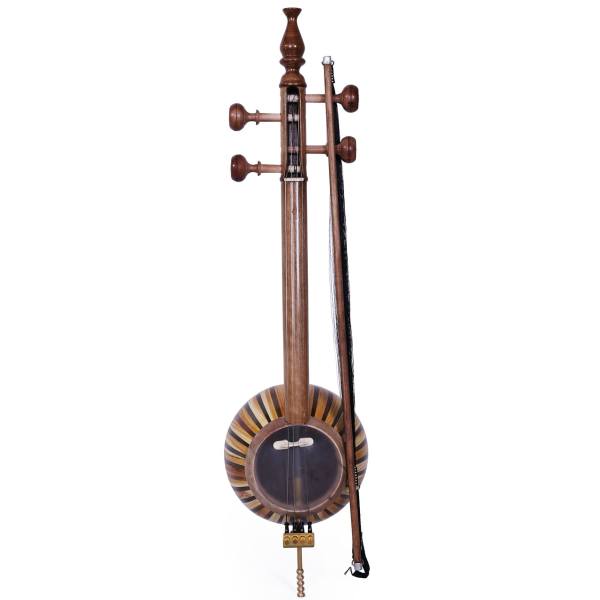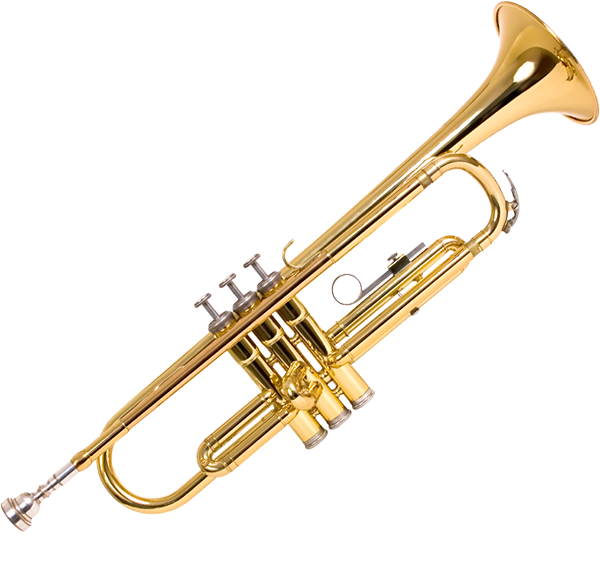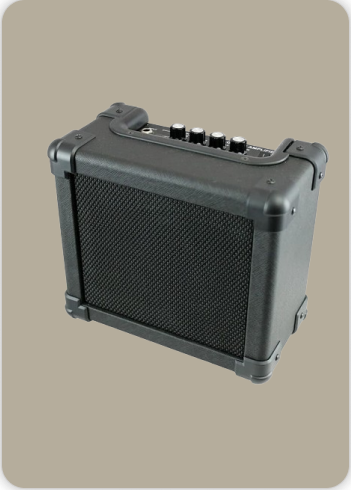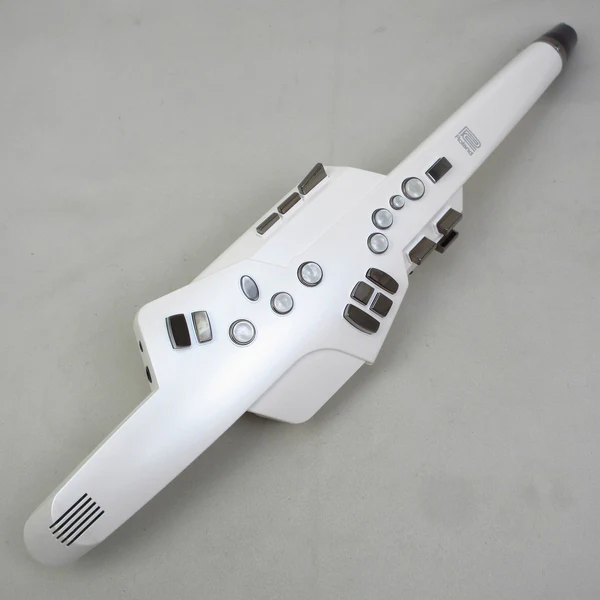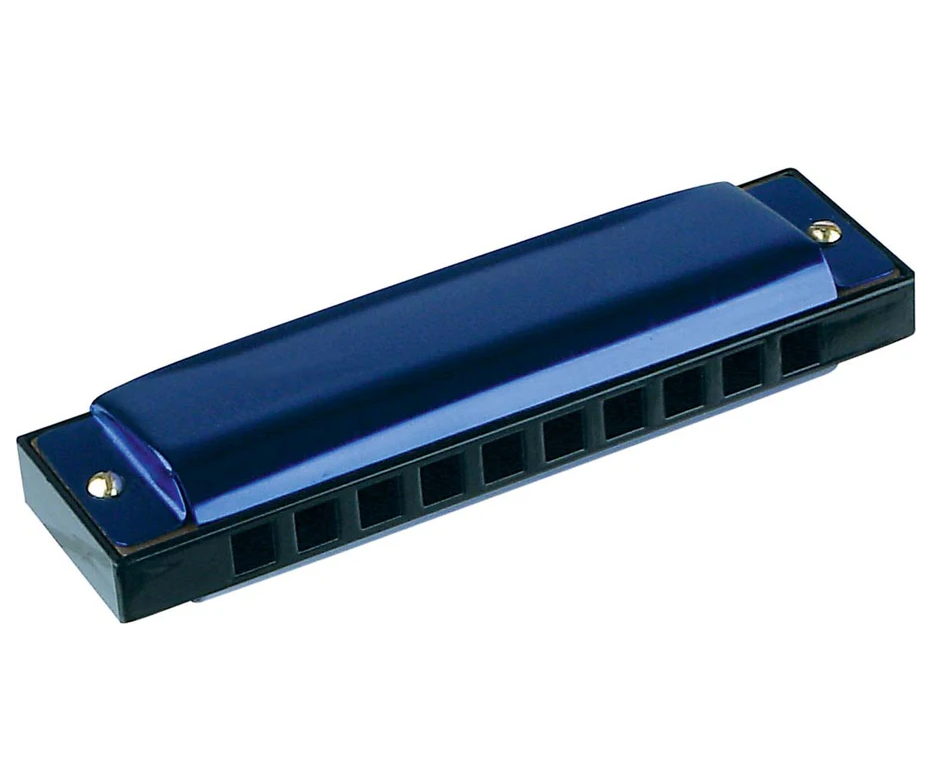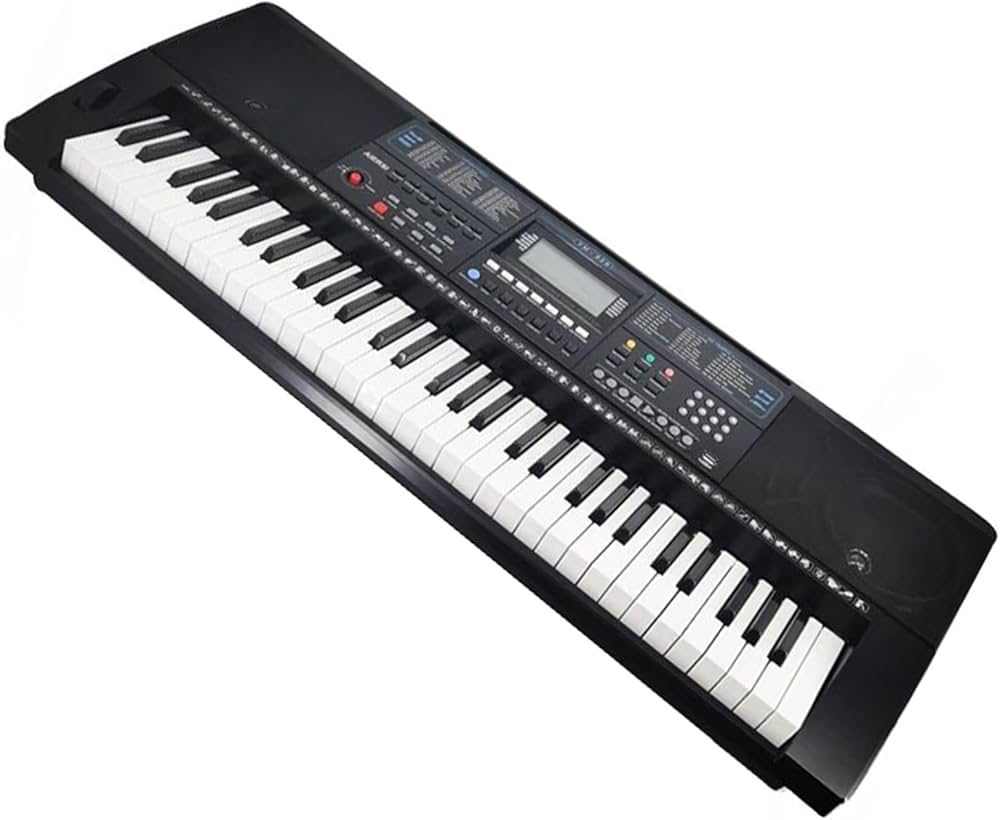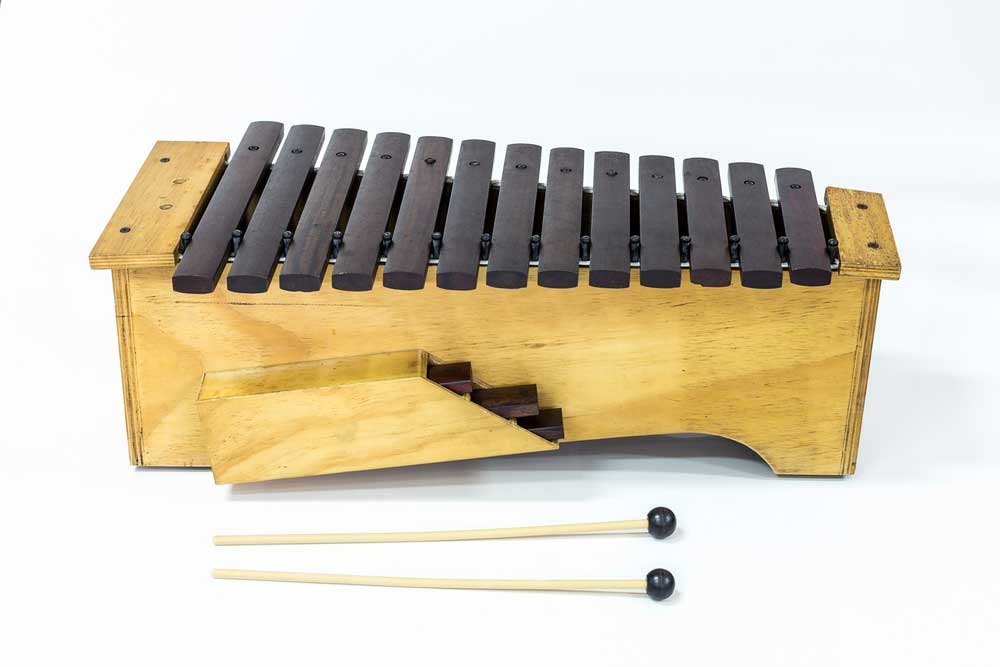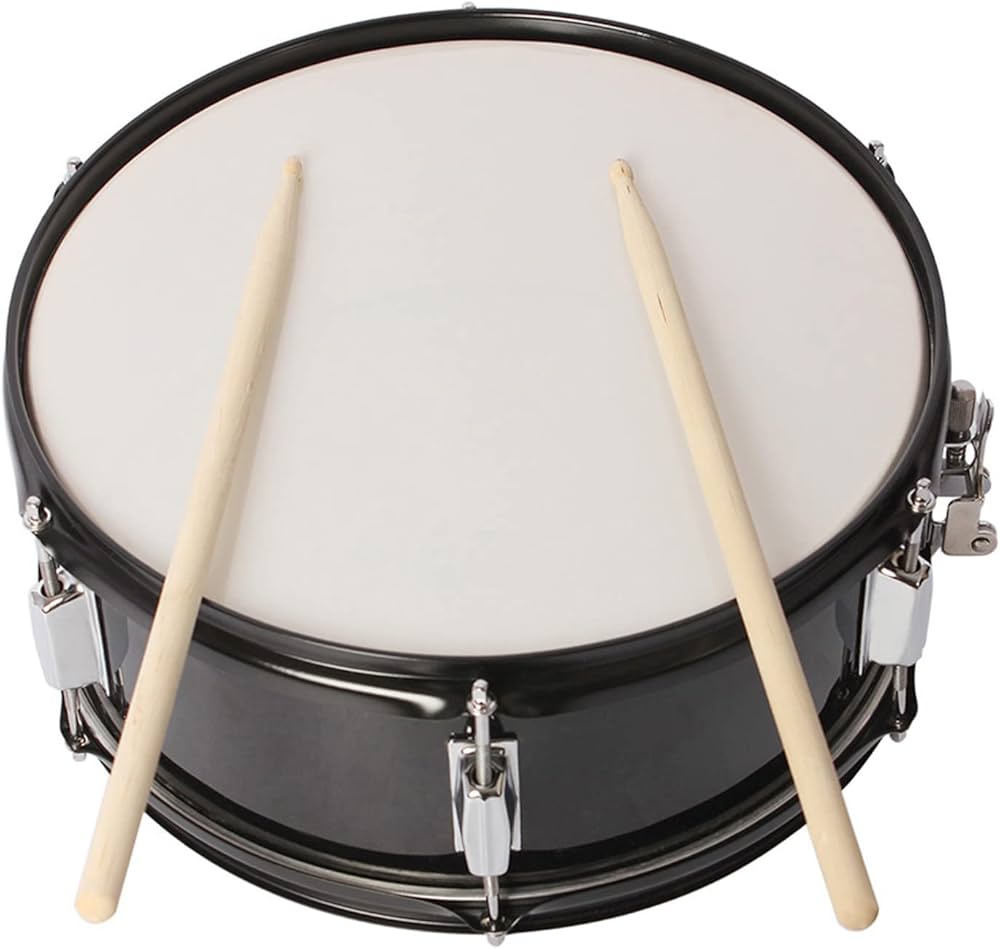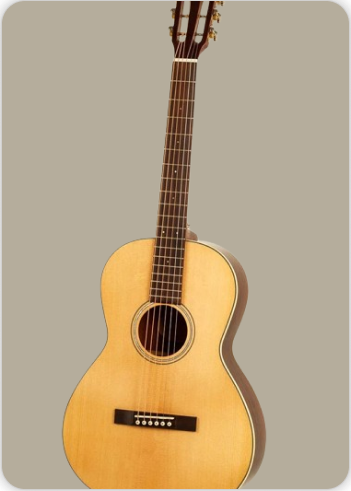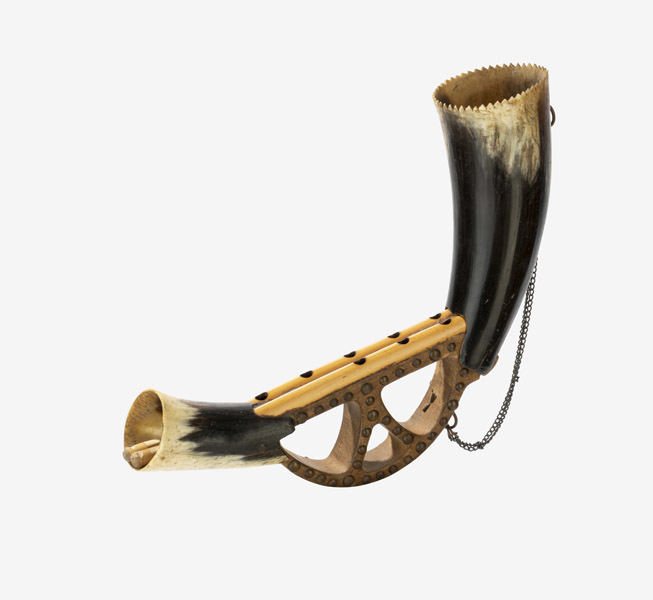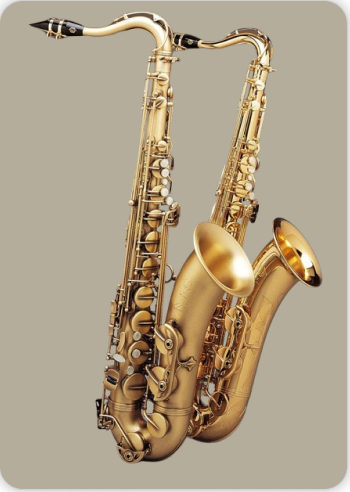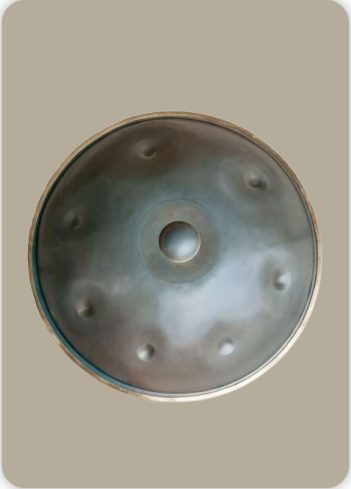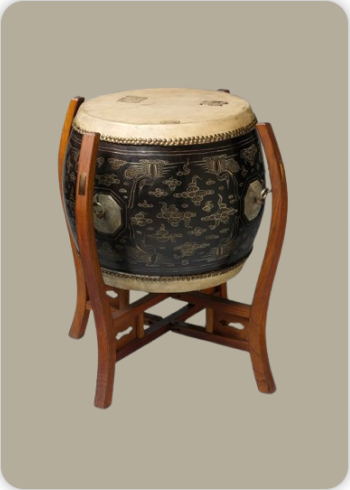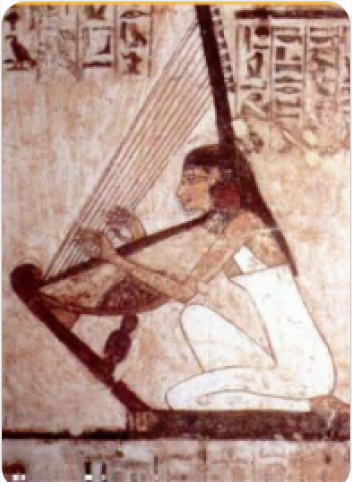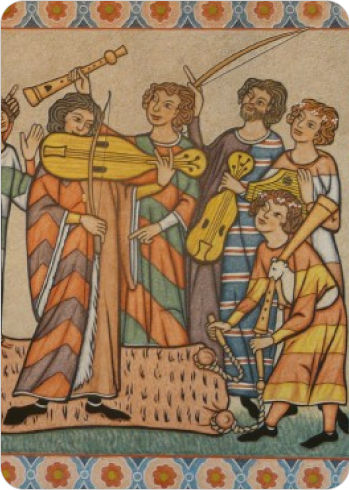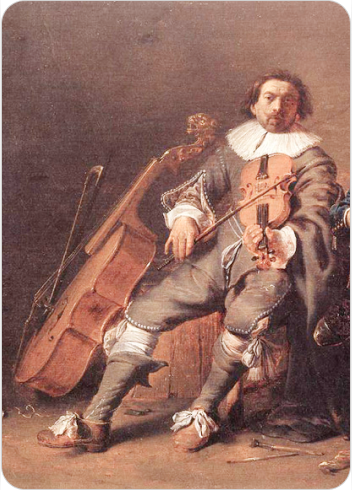Alboka
Woodwinds
Europe
Between 1001 and 1900 AD
Video
The Alboka is a traditional Basque wind instrument with a rich history and cultural significance. The name “Alboka” is derived from the Arabic word “al-bûq” (البوق), which means “the trumpet” or “the horn.” This suggests a historical connection to Arabic musical traditions, likely introduced during the Arab conquest of the Iberian Peninsula.
Historical Background
Early References
The Alboka appears to have been established in Spain by the 13th century, with mentions in historical texts such as the “Poema de Alexandre.” It is depicted in medieval sculpture and church decorations, indicating its presence in Basque culture for centuries.
Cultural Integration
While the exact timeline of its introduction into the Basque Country is unclear, references to the Alboka in various documents date back to at least 1443, when it was mentioned alongside other instruments used for dancing and singing. By 1777, it was noted as part of summer and winter musical traditions in the Duranguesado region.
Regional Use
Historically, the Alboka was predominantly played in rural areas of the Basque Country, particularly in regions like Bizkaia, Gipuzkoa, and Navarra. It has been associated with shepherding culture, used for both communication and entertainment among shepherds.
Modern Developments
- Decline and Revival: The Alboka experienced a decline in popularity during the 20th century but has seen a revival in recent years. Efforts by musicians and luthiers have helped to preserve and promote this unique instrument within contemporary Basque music.
- Contemporary Recognition: Today, the Alboka is celebrated not only as a traditional folk instrument but also as part of modern musical ensembles. It has been integrated into various musical styles and performances, showcasing its versatility and enduring appeal.
Instrument Characteristics
The Alboka is a traditional Basque wind instrument characterized by its unique construction and sound.
The Alboka is a single-reed woodwind instrument that consists of two melody pipes, each with finger holes, and a bell traditionally made from animal horn. The instrument features two small diameter melody pipes: one typically has three finger holes, while the other has five. These pipes are connected to a wooden handle that serves as the mouthpiece. The bell, which amplifies the sound, is made from an animal horn, enhancing the resonance of the instrument.
A reed cap made from animal horn is placed around the reed to contain the breath, allowing for continuous play through a technique known as circular breathing. This method enables players to maintain an uninterrupted sound by inhaling through the nose while blowing out through the mouth.
Sound Production
- Playing Technique: To play the Alboka, musicians must master circular breathing, which allows for a continuous tone without breaks. The instrument is typically pitched in A and can produce notes including B, C, D, E, and F sharp.
- Musical Context: The Alboka is often used to accompany traditional Basque dances and songs, frequently paired with percussion instruments like tambourines. Its repertoire includes various folk tunes such as jotas and fandangos.
Cultural Significance
The Alboka is believed to have been established in Spain by the end of the 13th century, with influences from Arabic musical traditions. Its name derives from the Arabic word al-buq, meaning “the horn.”
Regional Variations: While native to the Basque region, similar instruments can be found in other parts of Spain, including Madrid (gaita serrana), Asturias (turullu), and Andalusia (gaita gastorena). However, these variations typically feature only a single pipe.
Although the Alboka experienced a decline in popularity over the years, interest has been resurgent in recent times, particularly among younger musicians. Notable players include Ibon Koteron and Alan Griffin. The instrument is now being integrated into modern bands and performances.
The Alboka is a distinctive Basque wind instrument known for its rich sound and cultural heritage. Its unique construction and playing techniques contribute to its role in traditional music while also allowing for contemporary adaptations.
FAQ
What are the unique characteristics of the alboka compared to other wind instruments?
The alboka is unique compared to other wind instruments due to its two-tube construction, with one tube used as a drone and the other for melody. It features a double-reed mouthpiece, similar to that of the oboe or bassoon, but it is played horizontally like a flute. The alboka's sound is rich and resonant, with the drone providing a constant backdrop to the melodic tones.
Are there any famous alboka players or composers in Basque music history?
There are no specific famous alboka players or composers widely recognized in Basque music history. However, the alboka is a key instrument in Basque folk traditions and is often played during festivals and other cultural events. It remains an important symbol of Basque musical heritage.
How does the alboka work?
The alboka works by using a double-reed mouthpiece to create sound, similar to other reed instruments like the oboe. The player blows air through the mouthpiece, causing the reeds to vibrate. The alboka has two tubes: one serves as a drone, producing a continuous low note, while the other is used to play melody.
 Links
Links
References
Other Instrument
Categories
